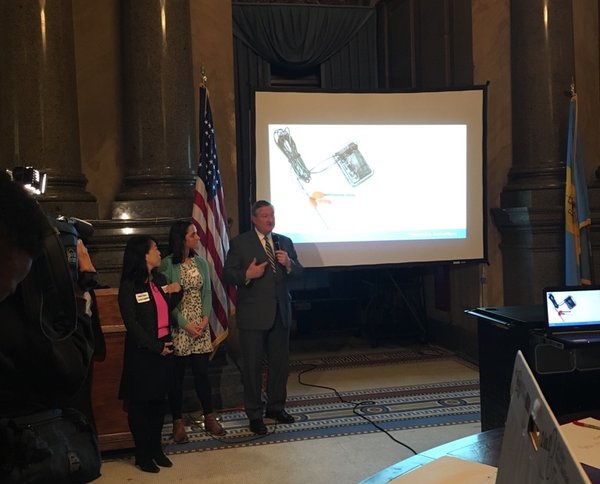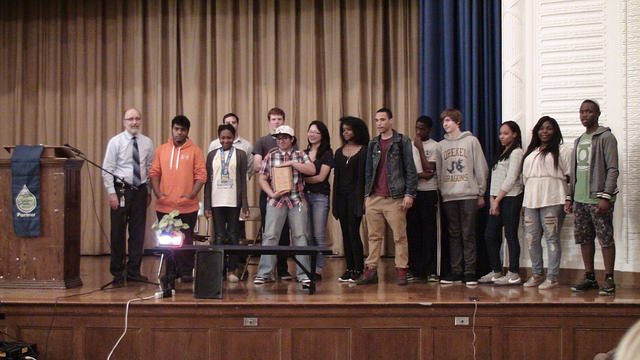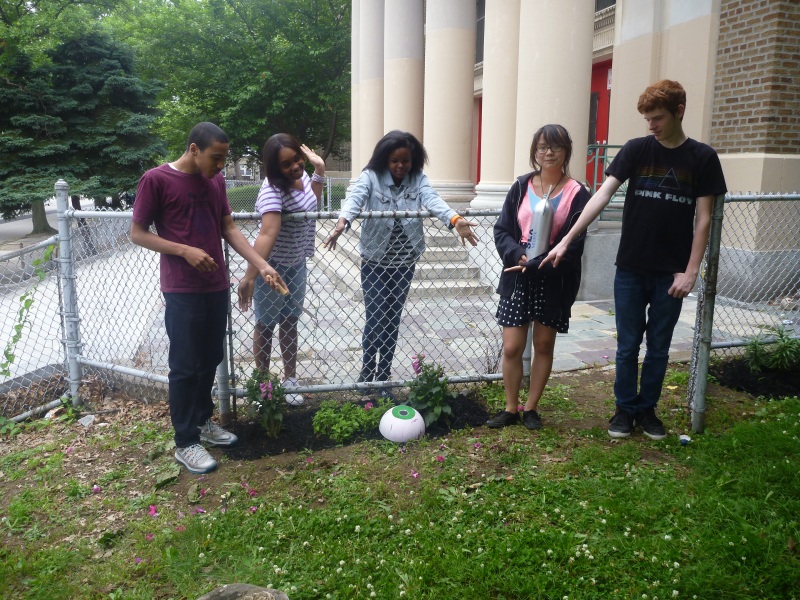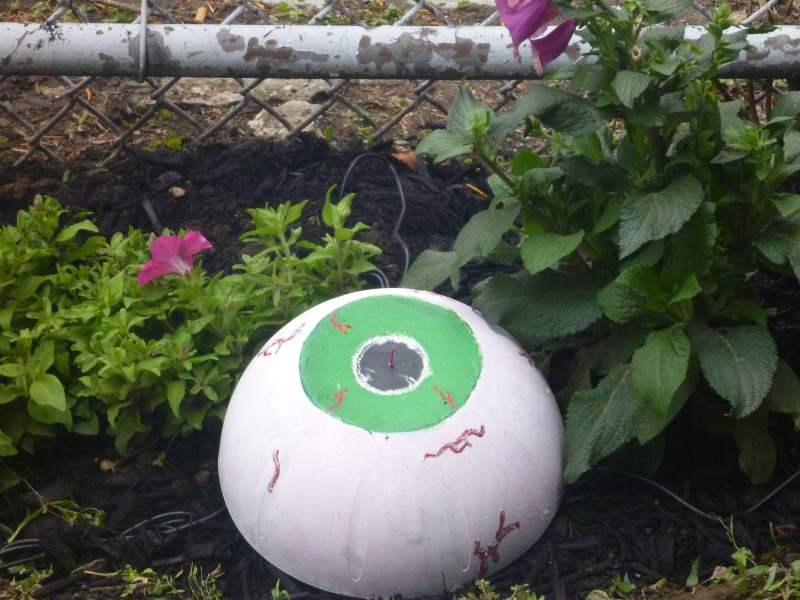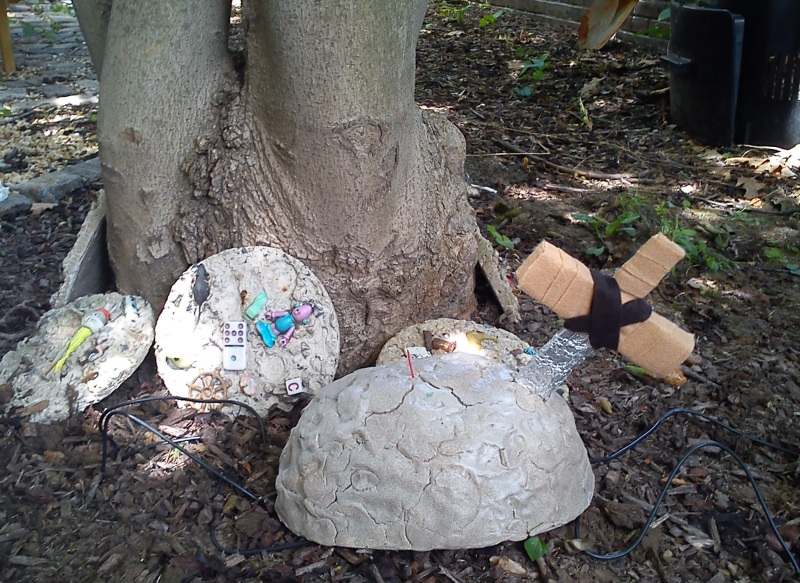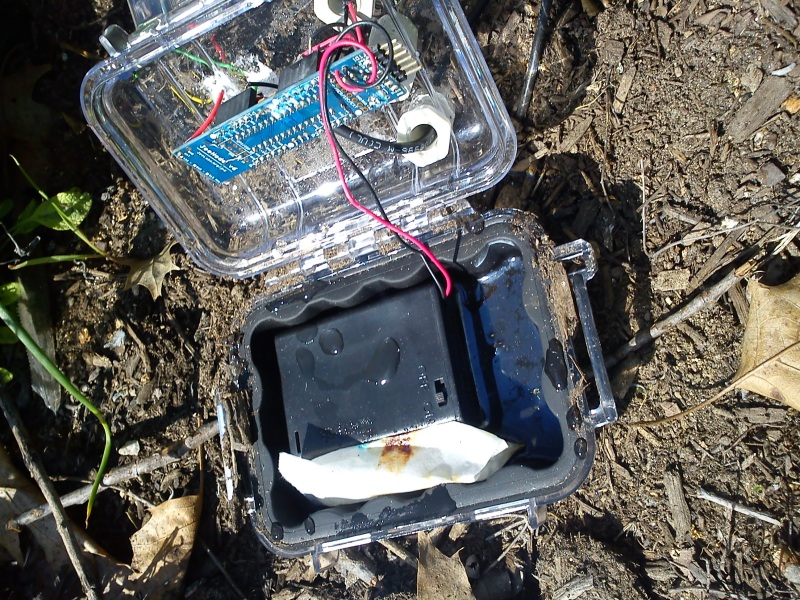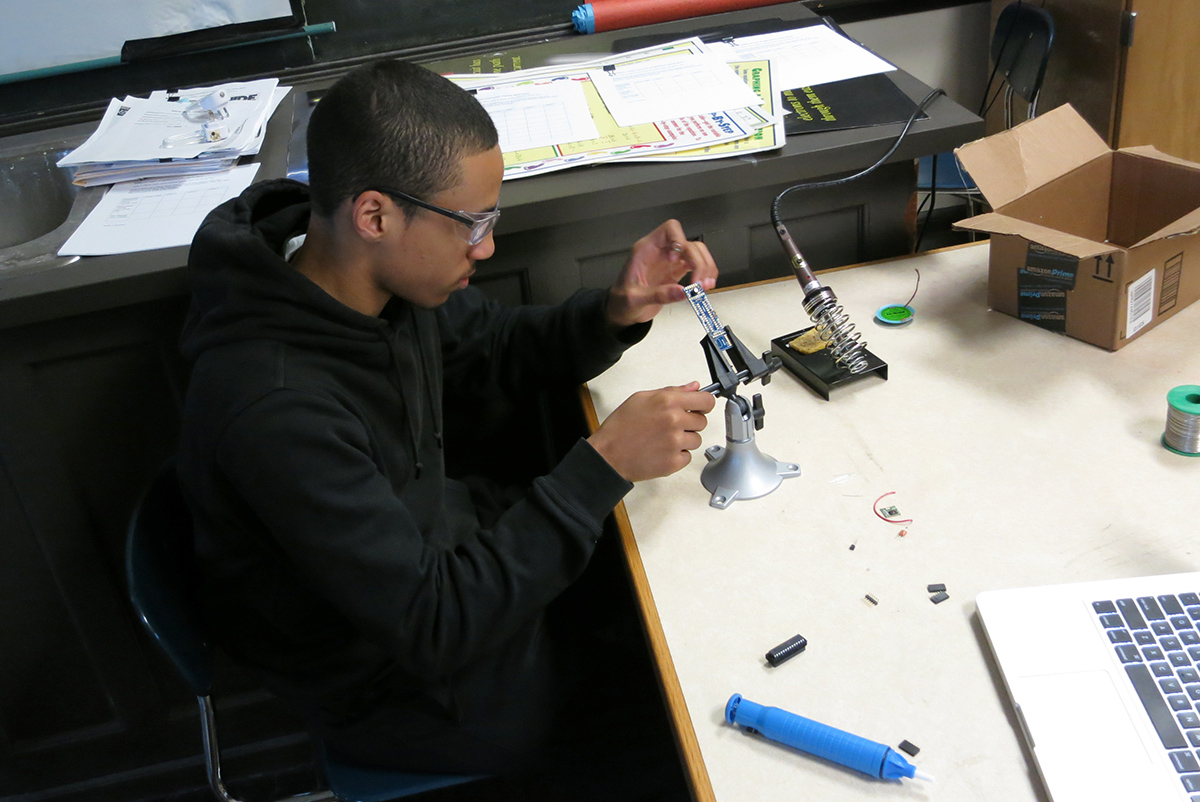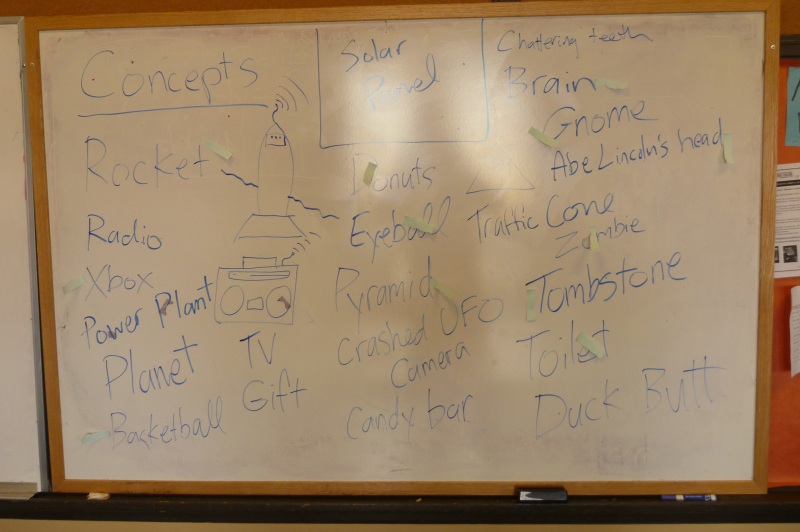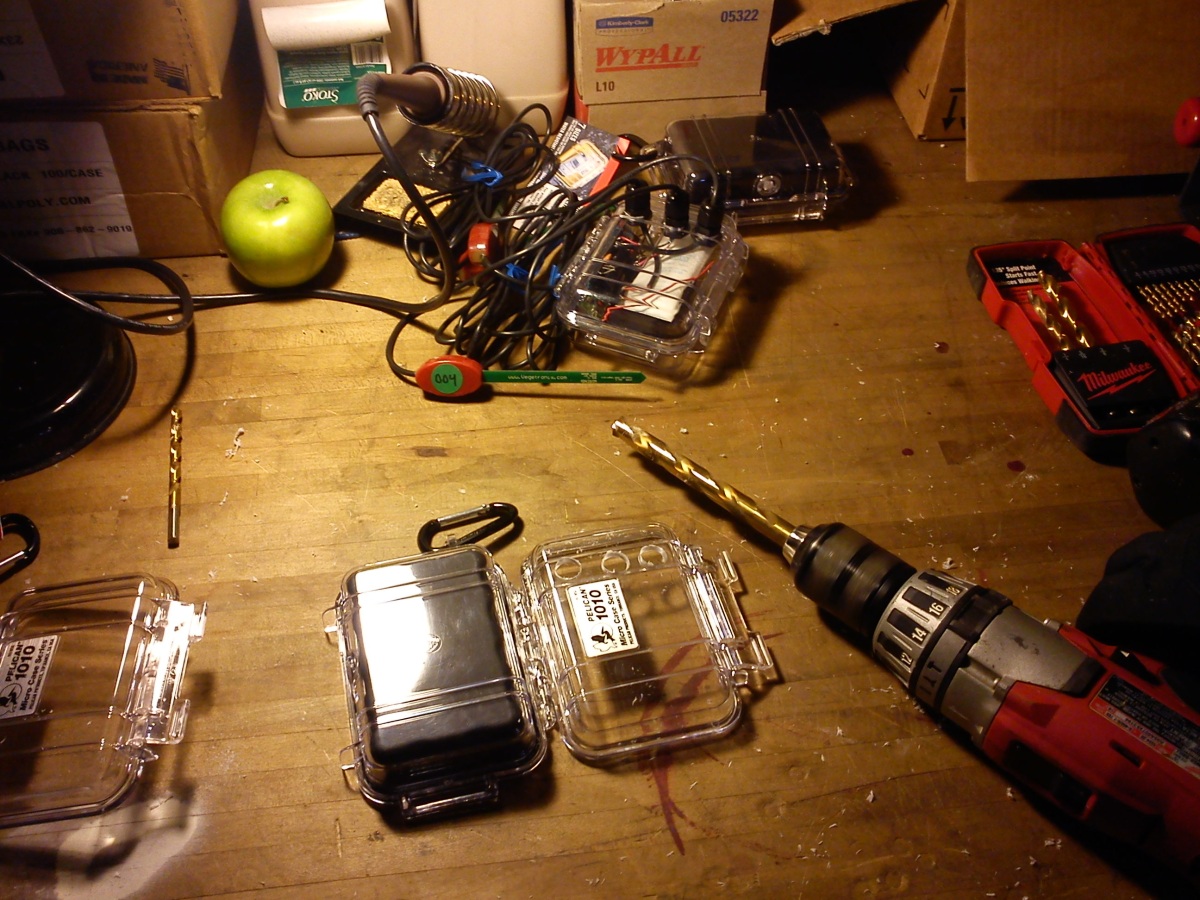Root Kit 2016
As seen on Twitter: Philadelphia Mayor Jim Kenney speaking before an image of our very own Root Kit. Mayor Kenney was on hand to kick off last weekend’s Democracy Hackathon, and greenSTEM is very proud to have worked with civic hackers at Code for Philly to develop the hardware and software that went behind the Root Kit, a web-connected soil moisture sensor for rain gardens and other green infrastructure. If you’re looking to get involved with technology projects that benefit your neighbors and the city, stop by one of Code for Philly’s weekly meetups—no coding experience required.
But the point of this post is not merely to tout our product placement. A next generation of the Root Kit is coming. It’s even more advanced than the Soil Cell. It’s more powerful, less expensive, and open source all the way. As always, we’ll document how to build one of your own once we figure out all the problems with it have some nice photos.

